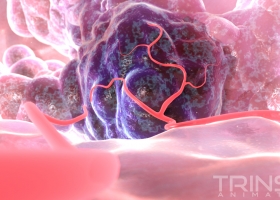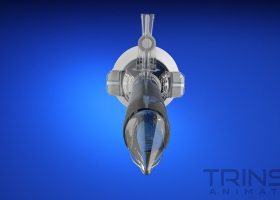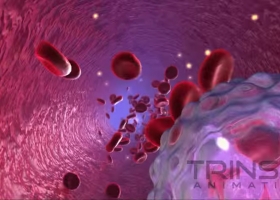Transcription:
In this 3D Medical animation, we show how GSLT2 inhibitor blocks GSLT to prevent GLU from escaping into the blood stream or how treatment of diabetic kidney condition works. At Trinsic we strive to simplify what otherwise would be difficult to explain without 3D medical animation.
Diabetic kidney disease is a complication that occurs in some people with diabetes. It can progress to kidney failure in some cases. Treatment aims to prevent or delay the progression of the disease. Also, it aims to reduce the risk of developing cardiovascular diseases such as heart attack and stroke which are much more common than average in people with this disease.
Diabetic kidney disease (diabetic nephropathy) is a complication that occurs in some people with diabetes. In this condition the filters of the kidneys, the glomeruli, become damaged. Because of this the kidneys 'leak' abnormal amounts of protein from the blood into the urine. The main protein that leaks out from the damaged kidneys is called albumin. In normal healthy kidneys only a tiny amount of albumin is found in the urine. A raised level of albumin in the urine is the typical first sign that the kidneys have become damaged by diabetes.
Diabetic kidney disease is divided into two main categories, depending on how much albumin is lost through the kidneys:
- Microalbuminuria. This is when the amount of albumin that leaks into the urine is between 30 and 300 mg per day. It is sometimes called incipient nephropathy.
- Proteinuria. This is when the amount of albumin that leaks into the urine is more than 300 mg per day. It is sometimes called microalbuminuria or overt nephropathy.



